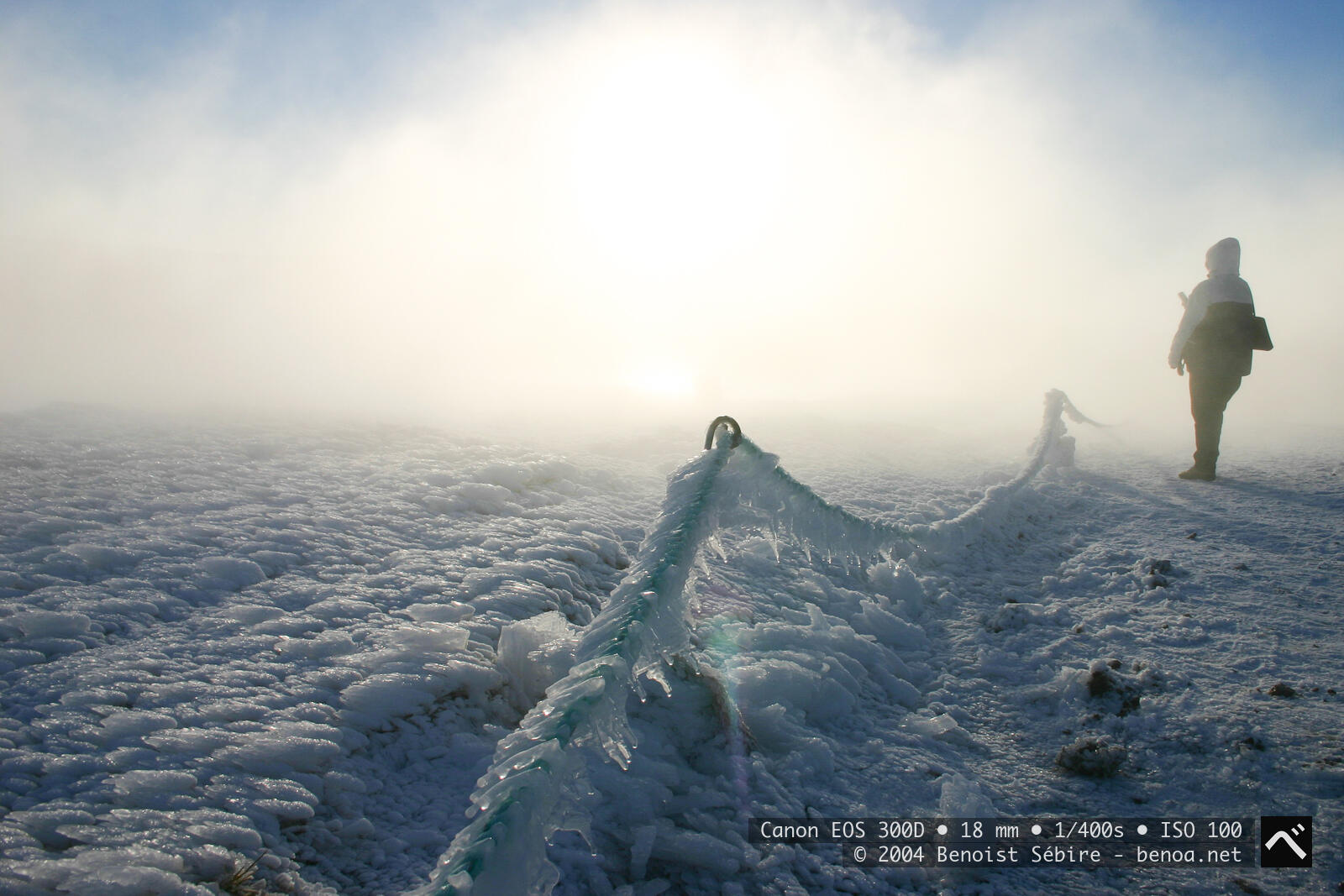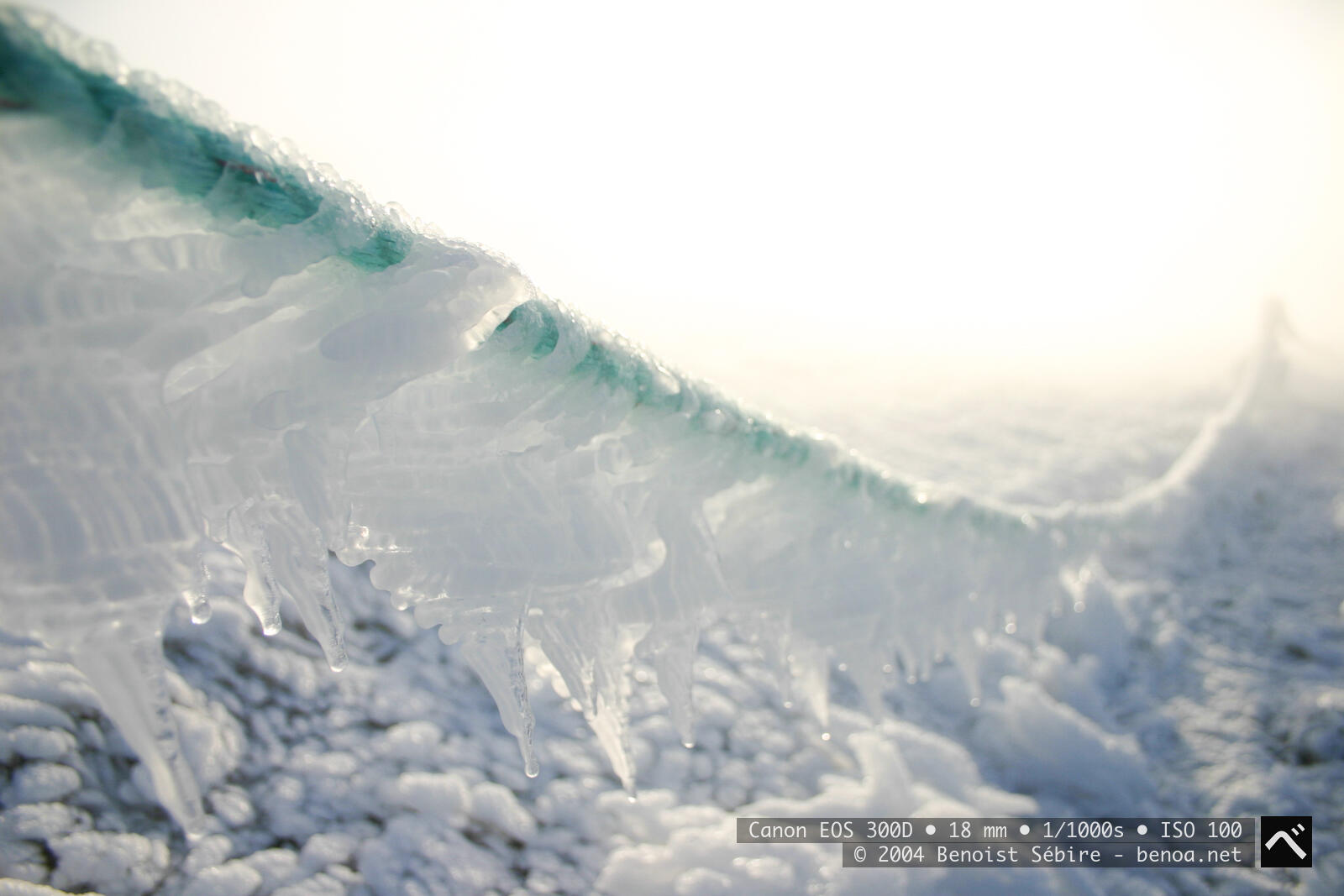Geysir and Strokkur
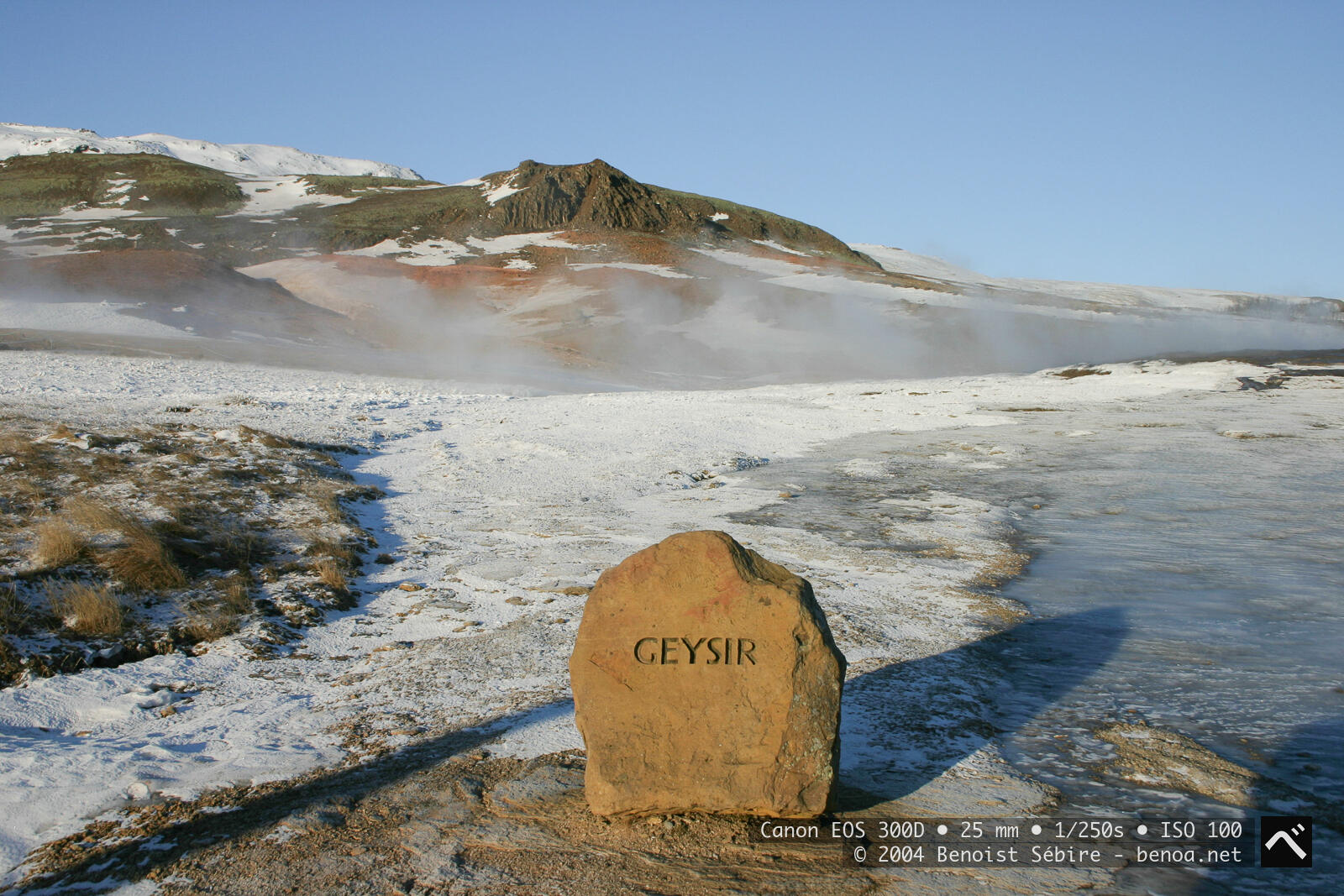
Geysir and Strokkur, nestled in Iceland’s geothermal heartland, are nature’s ultimate boiling points. Geysir, the granddaddy of all geysers, is mostly dormant now, but its historic significance remains; it’s the namesake for every other geyser on Earth. Nearby, Strokkur has taken the spotlight, delighting visitors with its reliable eruptions every 5–10 minutes.
In winter, this geothermal duo feels even more surreal. Steam rises like ghosts into the icy air, mingling with the frost-covered ground to create an otherworldly atmosphere. Strokkur’s sudden eruptions send boiling water shooting 20–30 metres into the sky, a dramatic contrast to the snow-covered surroundings. The scalding jets hiss and sizzle as they meet the cold, leaving spectators both awestruck and slightly damp from the spray.
The geothermal area is a steaming, bubbling landscape with vibrant mineral colours peeking through the snow. The sulphuric scent in the air reminds you that Iceland’s fiery forces are alive and kicking beneath the frozen surface. Watching Strokkur in action, surrounded by winter’s chill, feels like witnessing a battle between fire and ice—a quintessential Icelandic experience.
A geyser is a remarkable geothermal phenomenon where water is forcefully ejected from the ground, propelled by steam. This occurs in areas with volcanic activity, where magma lies close to the Earth’s surface. The heat from the magma warms underground water to temperatures well beyond its boiling point, but the immense pressure from overlying rocks and water keeps it from turning to steam.
Geysers require a unique plumbing system beneath the surface, consisting of interconnected chambers and narrow conduits. These chambers trap water and allow pressure to build. As the water heats, steam begins to form, increasing the internal pressure even further. Eventually, the pressure becomes too great, and the water is violently expelled through the surface vents, resulting in a spectacular eruption.
After an eruption, the geyser’s underground system refills with water, and the process begins anew. This interplay of heat, pressure, and geology makes geysers exceptionally rare. They occur only in specific volcanic regions where the necessary combination of heat, water, and a specialised plumbing structure exists.
Strokkur in Iceland is a classic example of this phenomenon. Its regular eruptions, caused by the reliable heating and pressure cycle beneath the surface, make it a fascinating spectacle and a powerful reminder of Earth’s dynamic processes.
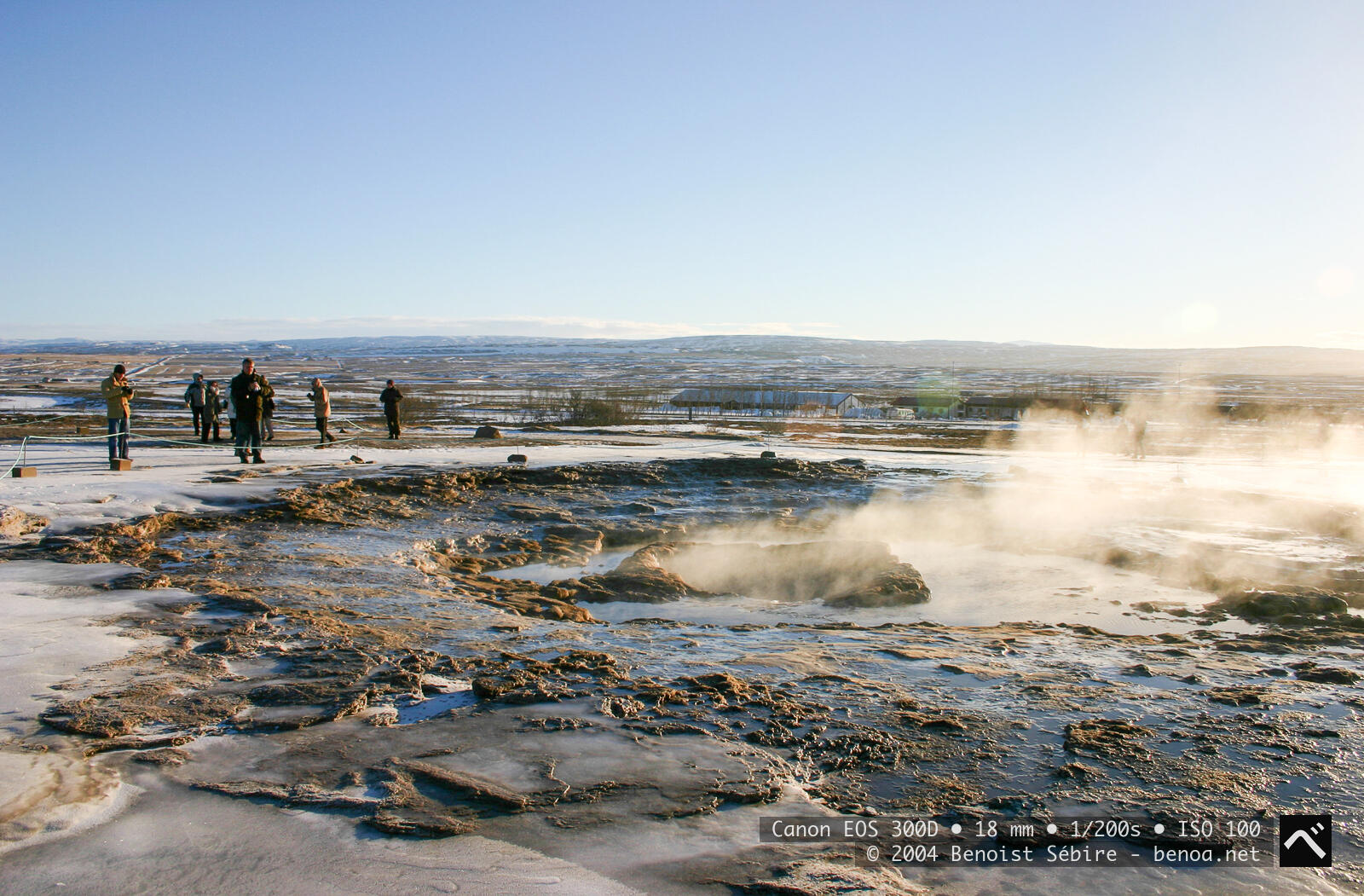
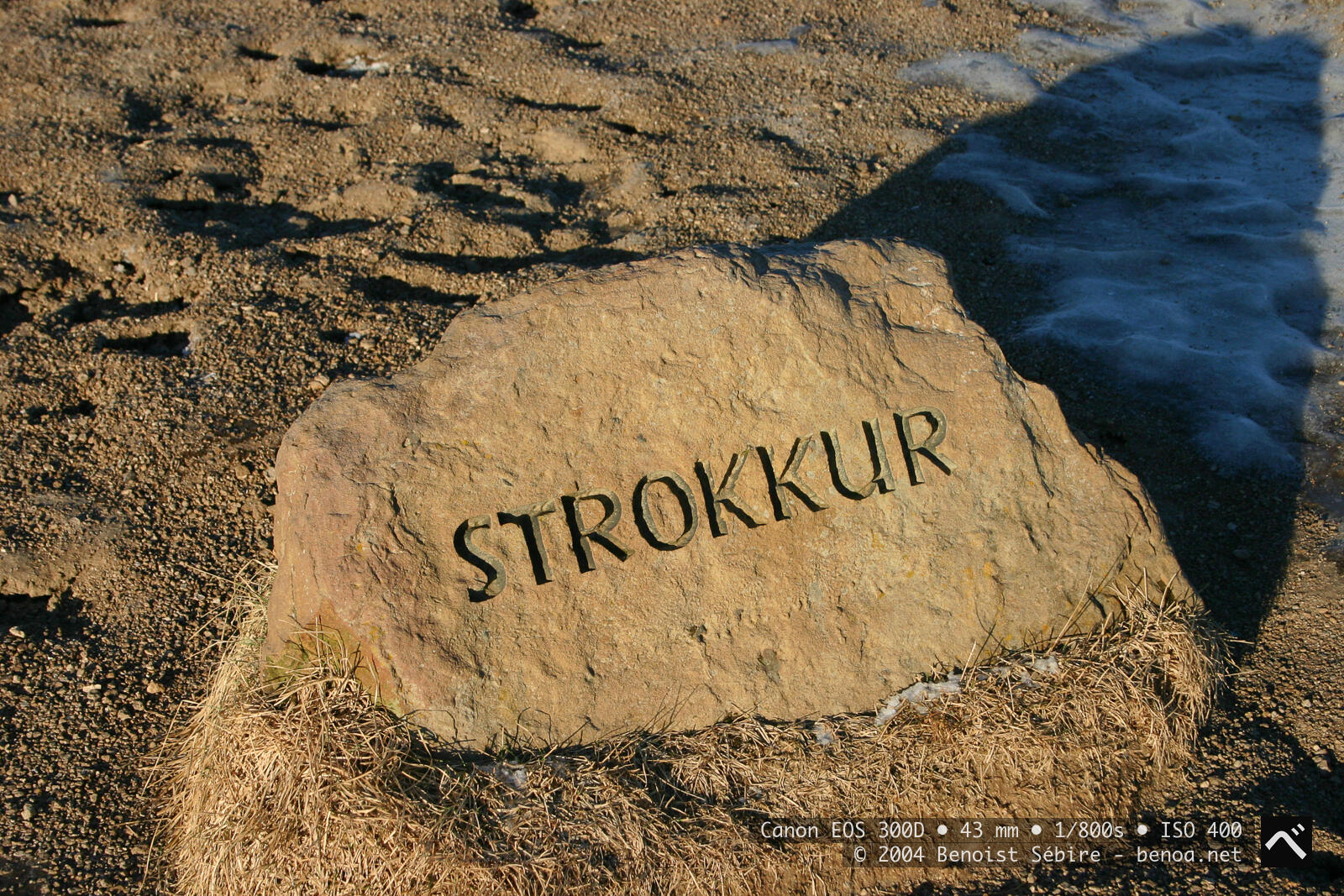
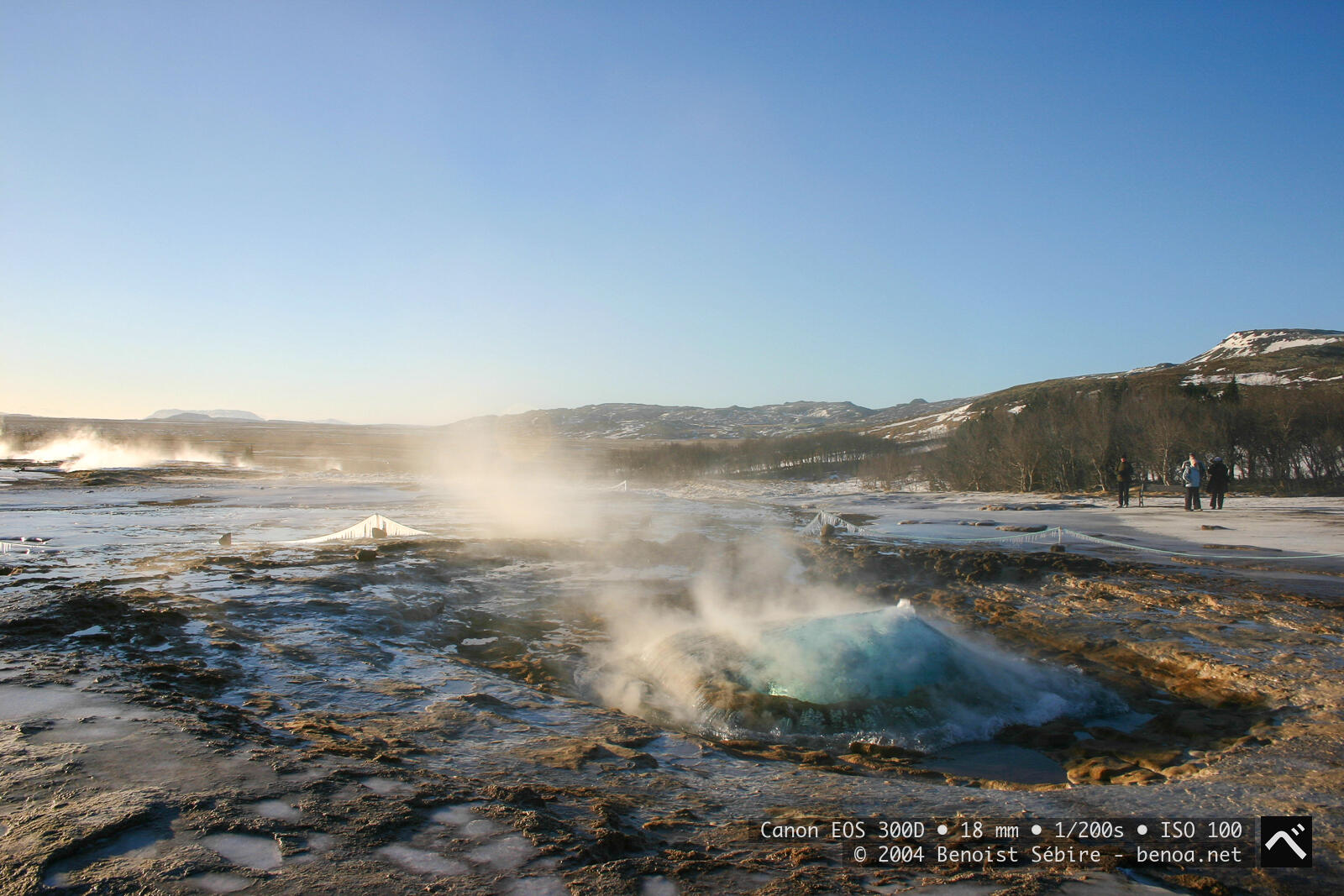
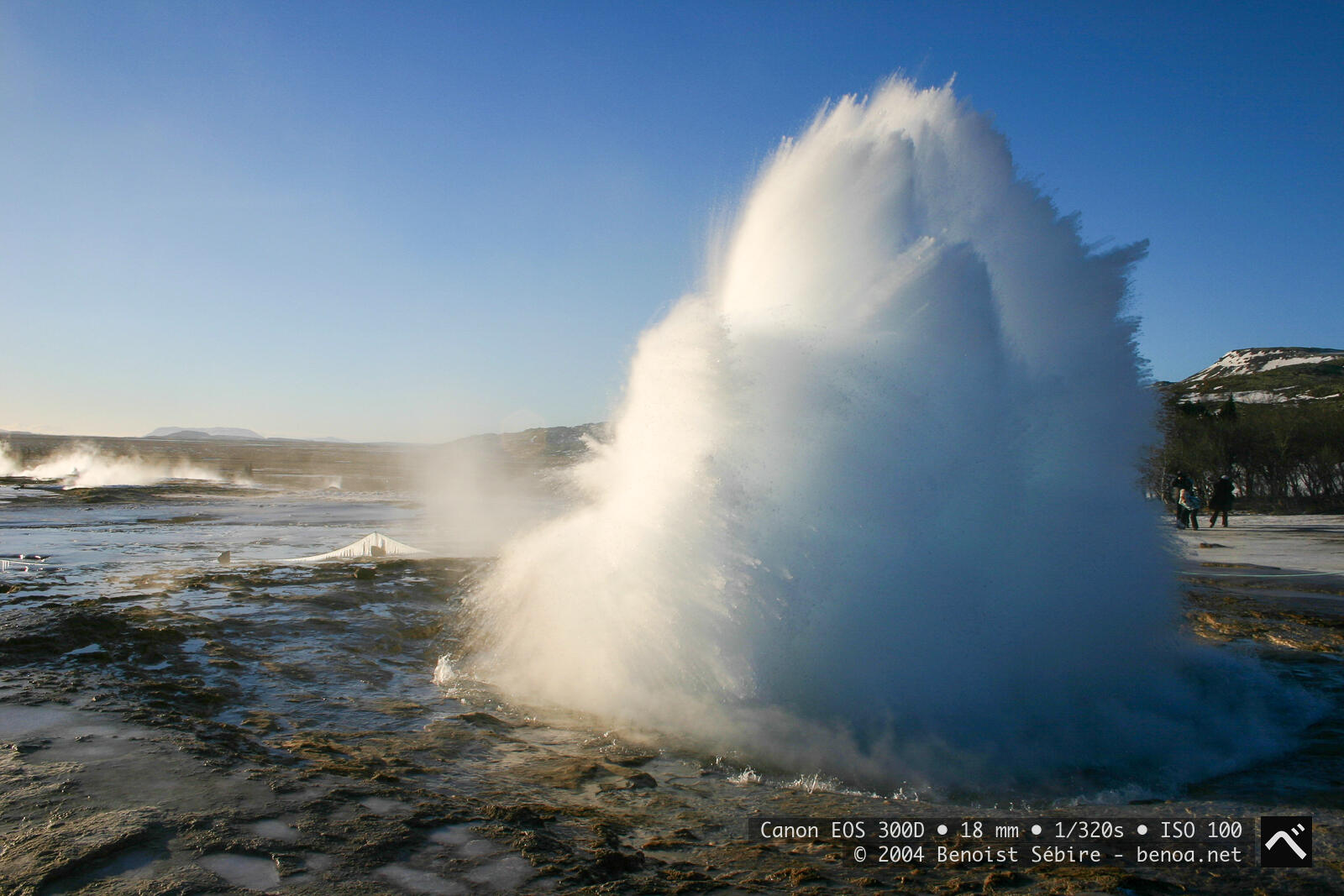
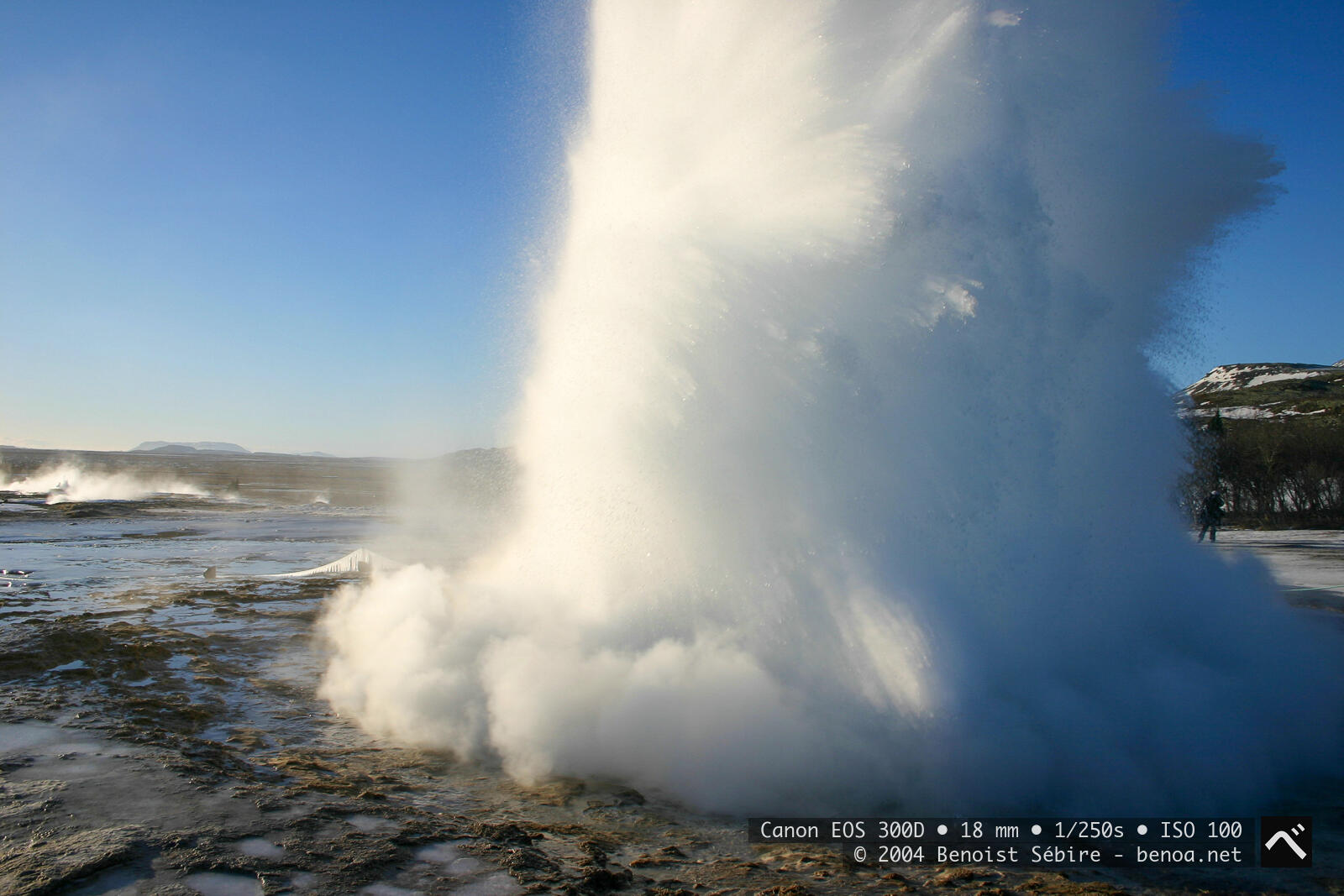
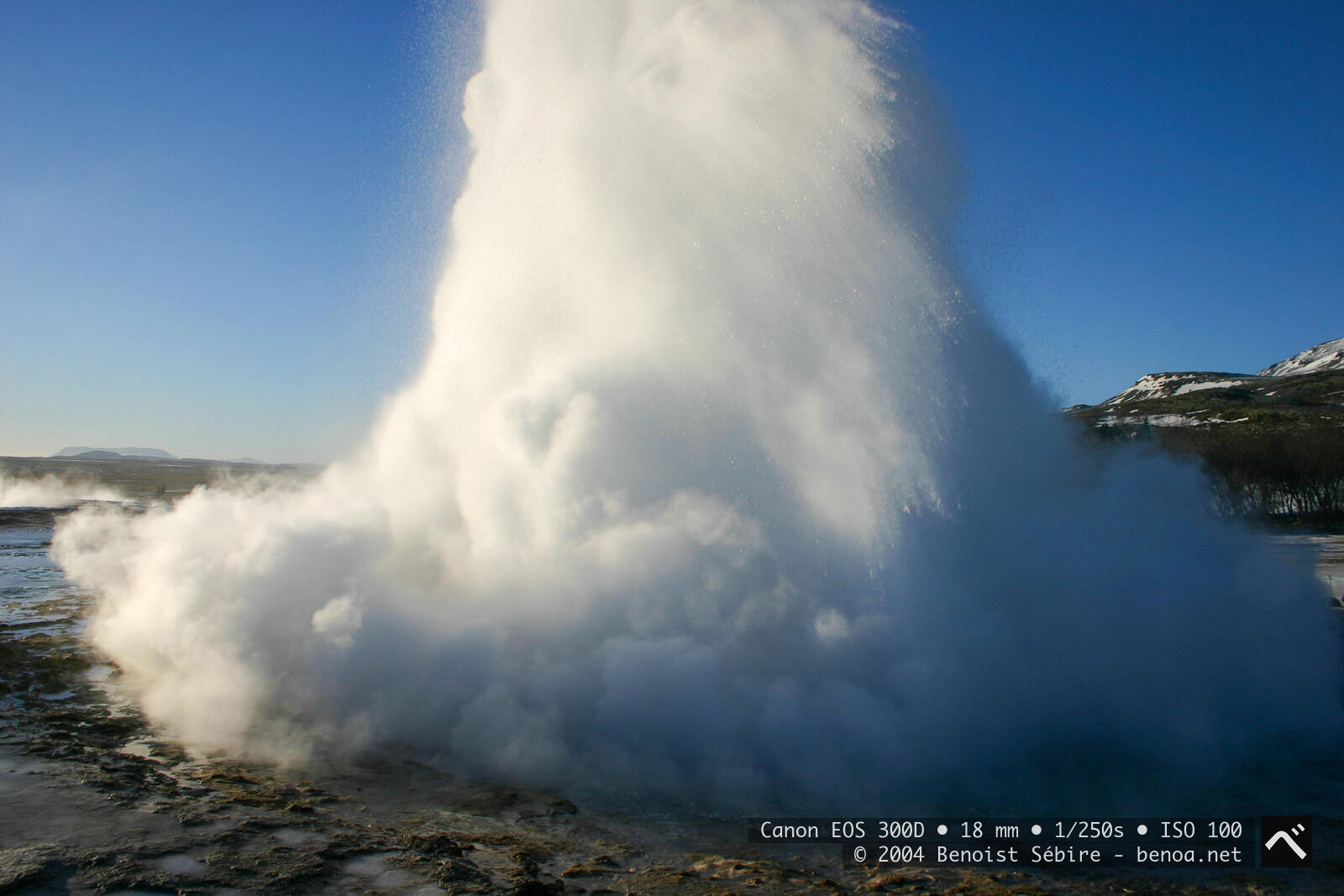
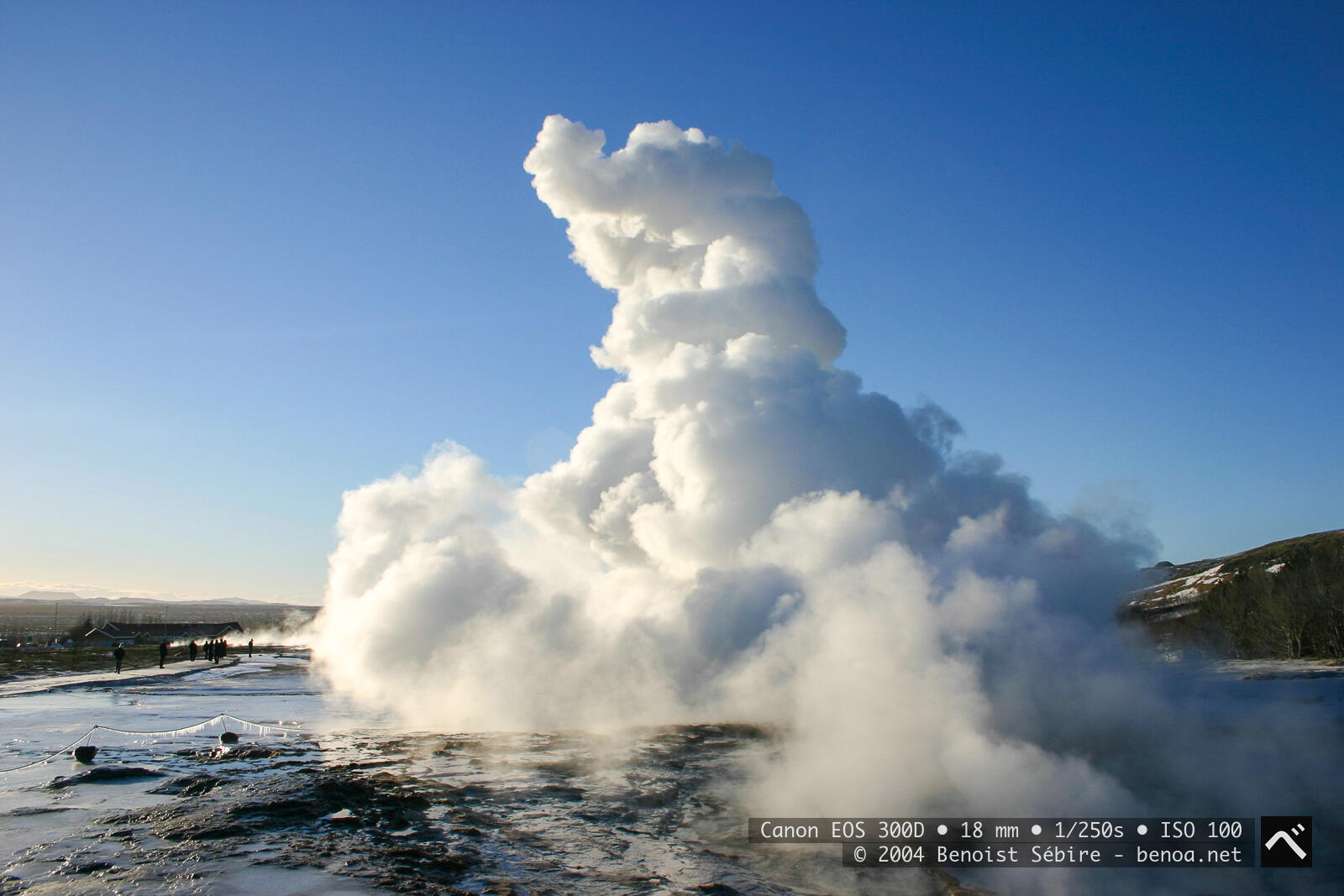

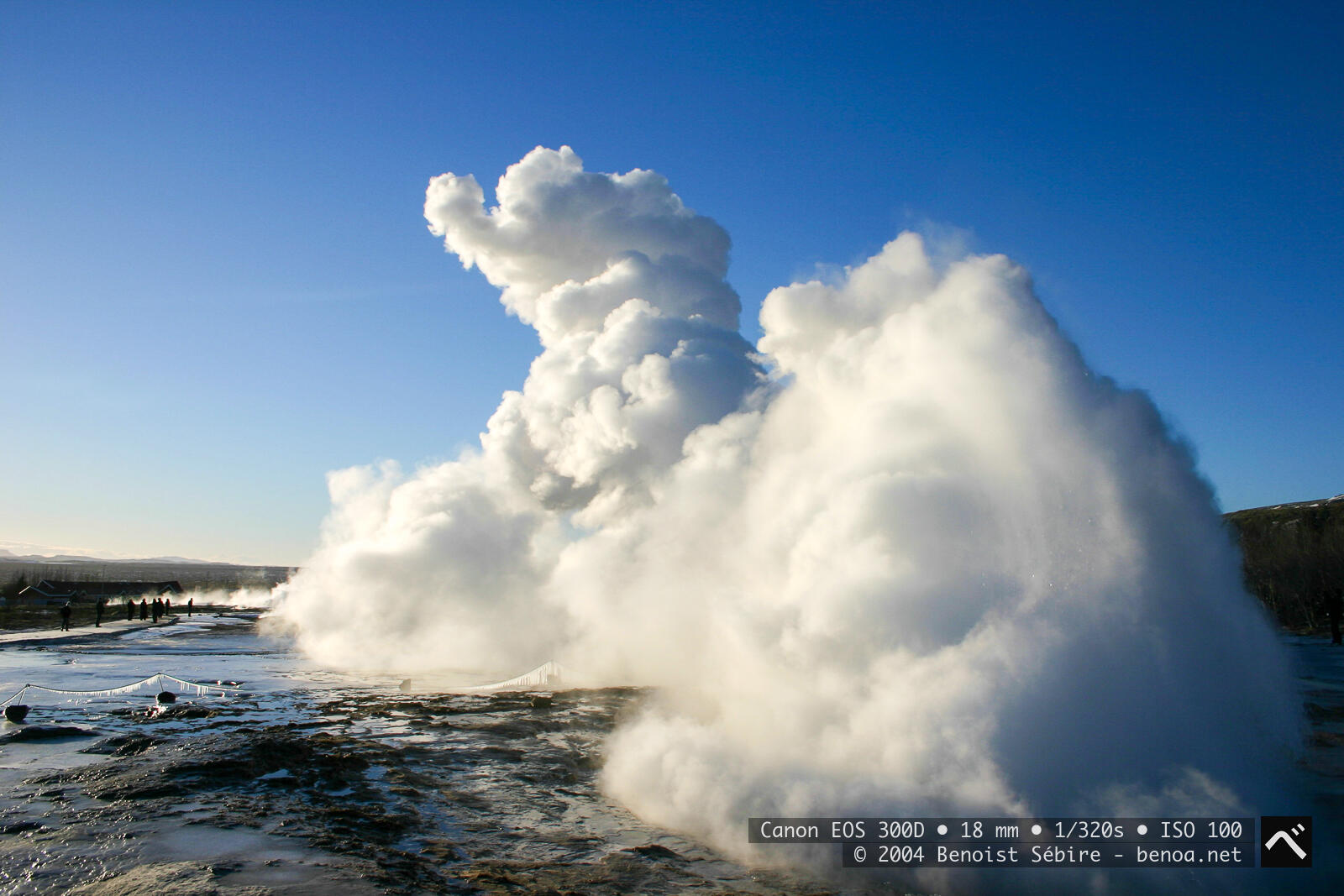
Visiting Strokkur in winter is like walking into a live-action winter fairy tale—until you realise the fairy tale forgot to mention the ice rink of doom beneath your boots. Sure, the snow-covered landscape is gorgeous, and the geysers shooting boiling water into the frosty air are pure magic. But the real adventure? Staying upright.
The paths around the geysers turn into an Olympic-level event of “How Not to Faceplant on Ice.” Mist from the geysers? Beautiful in photos, but it’s nature’s way of adding a sneaky glaze to the already treacherous surfaces. One wrong step, and boom, you’re starring in your own slapstick comedy, with a visit to the local ER for a bonus souvenir… Let’s just say, I got the full Icelandic winter experience, plus a shiny new appreciation for crampons. If you’re planning a visit, tread carefully. Those geysers are spectacular, but trust me, you don’t want your trip to end with a geyser-side hospital tale. Bring proper gear, embrace the penguin shuffle, and keep your elbows off the injury list!
